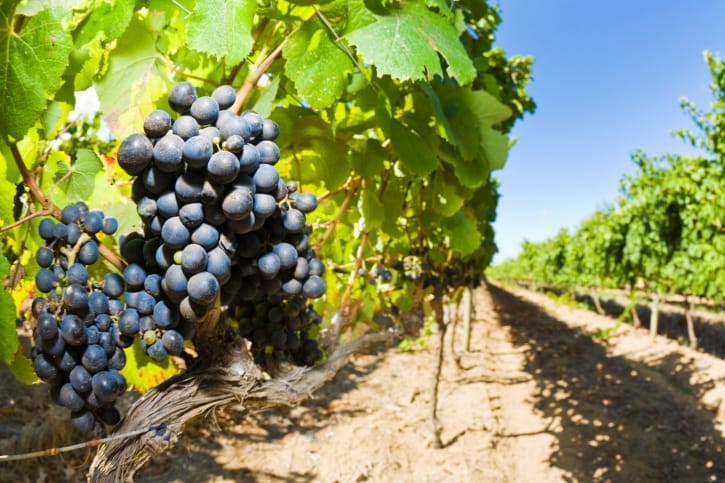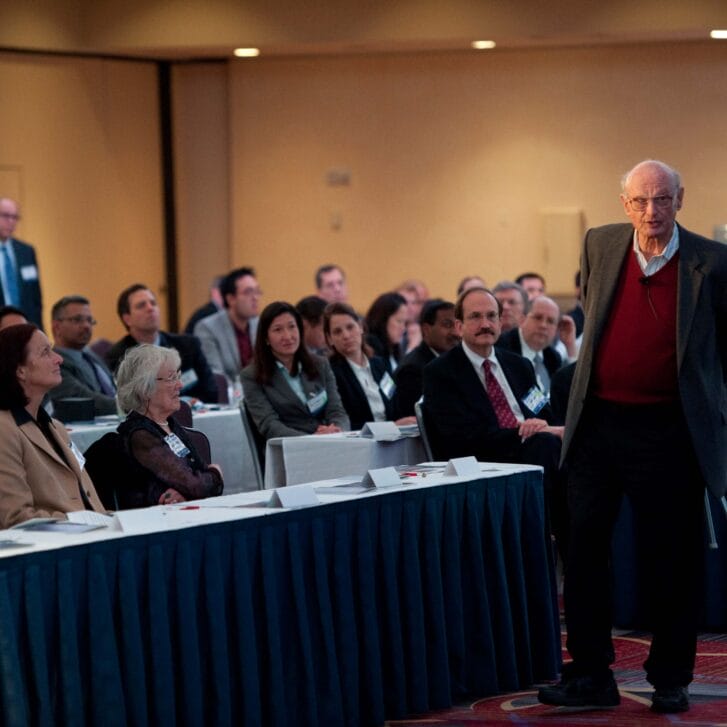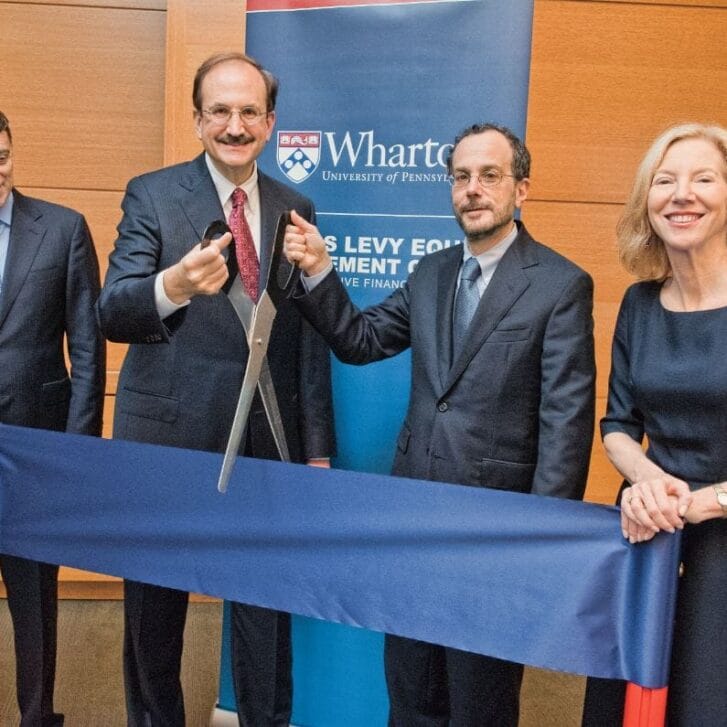It’s one thing to create a wine with Old World elegance or New World high octane, or the right balance between tannins and acidity. It’s another to sell it.
According to Christine Moseley, WG ’11, who has worked at the South African wine importer Cape Classics, selling a new wine label or growing market share can be difficult in the current saturated $30 billion U.S. wine market.
However, Moseley says, there are several ways that wine companies can stand out above the crowd: a unique attention-grabbing label, a “story” behind the wine, value for money and new distribution methods such as wine kegs.
In terms of how the American wine market differs from other markets, “Americans have a unique consumer taste profile in that they generally prefer sweeter and more fruitforward wines,” she says. “In 2011, Moscato was the fastest growing varietal in the U.S. with a 73 percent increase in volume. Additionally, the U.S. has seen demand rise for sweet reds and unoaked whites.”
Value wines under $20 have seen strong growth, as well as sales of “convenient packaging,” such as wines in bags and 187 ml travel-size bottles, Moseley adds.
The wine buyers that Ahin Thomas, WG’07, serves are an unusual lot. His company, Vintners’ Alliance, helps wineries sell wine online. By the end of 2012, Vintners’ Alliance will have more than 100 winery members and already can claim to have the most usable data on online wine buyers.
Vintners’ Alliance can see that these buyers shop online across all price points from $10 a bottle to greater than $200. Online wine purchasing covers the range of everyday drinking to inventory for private cellars.
Vintners’ Alliance is an interesting combination of “big data” and disintermediation that is trying to help usher the wine industry into the Internet age. Vintners’ Alliance knows about buyers’ past purchases and is able to create incremental purchases with targeted ads and offers.
“We already know that this stuff works,” Thomas says. “These techniques have been proven in e-commerce, particularly by specialty retailers, over the course of decades.”
In Thomas’ mind—while some regulatory and logistics hurdles exist (try shipping a bottle of wine to Huntsman, he says)—there are significant efficiencies to be created in connecting wineries directly with consumers. For wineries, the disintermediation creates better profit margins; for consumers, choice and discovery are prioritized over the inventory levels of the local retailer.
Editor’s note: This article was a complementary article to the Fall 2012 feature story “Uncorking a Dream Business.”

























